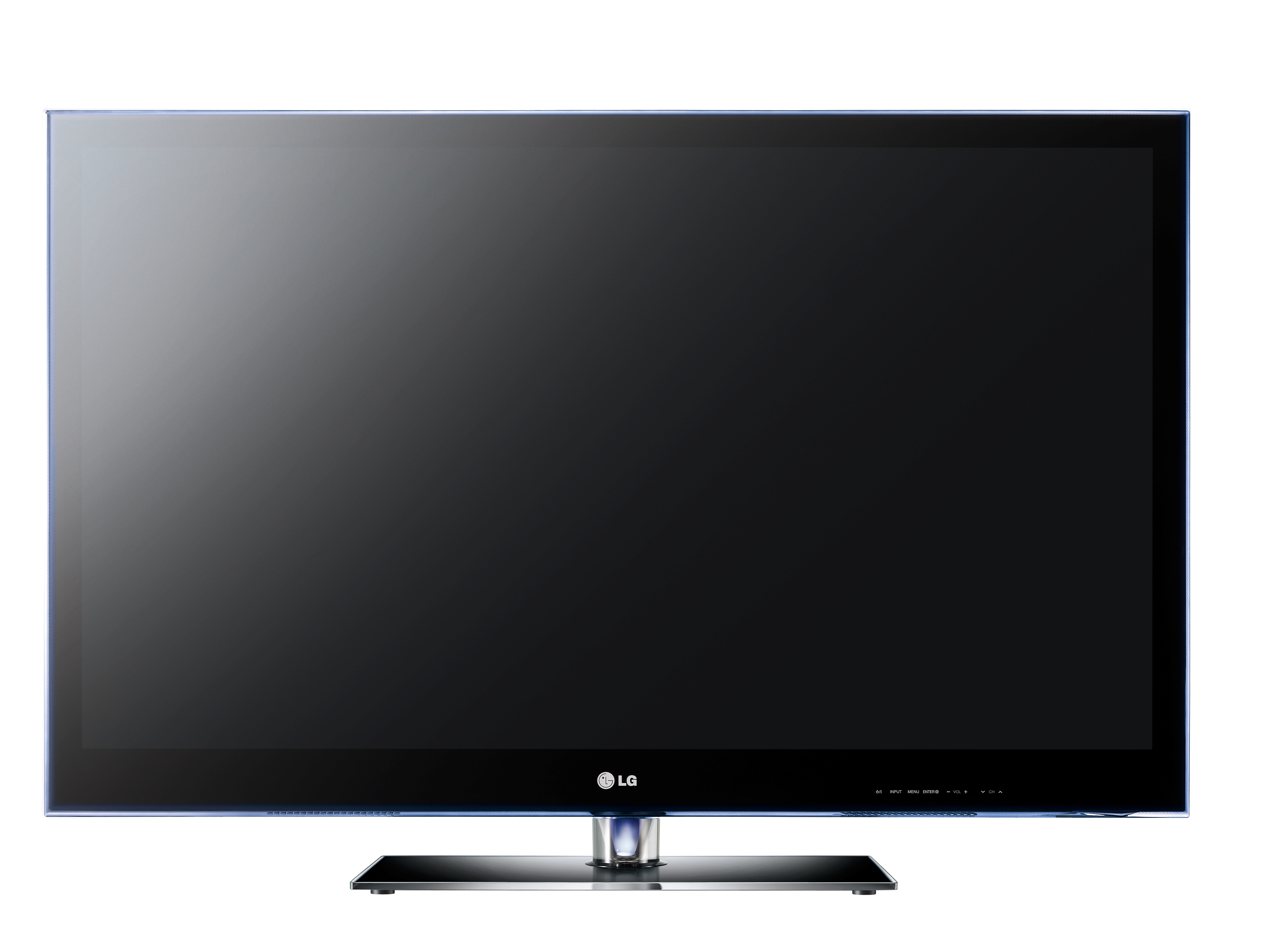LCD or plasma TV: which should you buy?
The LCD vs plasma TV buying decision made easy

The battle between plasma and LCD TV technology rumbles on, and if you're in the market for a big-screen TV you need to seriously consider which tech is right for you, LCD or plasma.
The first flat TVs in the late 1990s - costing thousands of pounds - used plasma tech, and were 42-inches in size right from the off. LCD screens, invented in the 1970s for calculators, slowly grew in size and gradually improved until they started to challenge plasma in the mid Noughties.
Now, roughly one in ten flat TVs sold uses plasma, with LCD - increasingly in its Johnny-cum-lately LED-backlit guise - dominating the market. That's largely down to economies of scale; many of the major TV manufacturers chose to concentrate on LCD panel factories, eventually making them cheaper to produce in big sizes. They also had the leap on plasma by achieving Full HD resolution first.
But plasma isn't dead. Panasonic still churns out plasmas in their millions, while Samsung and LG refuse to switch completely to LCD.
The reason is picture quality; many of the features LCD TV makers like to shout about the loudest - such as 200Hz and LED backlighting - are designed to cure some innate problems that LCD panels have with video. The biggest of those being a tendency to blur with video, and a lack of contrast - problems plasma panels don't suffer from to any great degree.
So loudly they shout that the plasma manufacturers now often include similar-sounding features in their own marketing just to tempt us brainwashed consumers.
Though that's not to say that LCD doesn't have a few advantages over plasma - it does, with competitive prices and an often much slimmer design.
Sign up for breaking news, reviews, opinion, top tech deals, and more.
The truth is there is no 'winner' between LCD and plasma. What suits you will depend not only on your needs, but also on your preferences. To help you navigate the tidal wave of hype here's a round-up of the major differences between plasma and LCD TVs.
LCD vs plasma: price and popularity
Figures from market research agency GfK show that 822,000 TVs sold in the year ending July 2010 were plasmas - the rest of the 9,994,000 being either regular or LED-backlit LCD TVs. That's barely one in eleven, but the value statistics are more revealing.
The average price of a plasma TV in that same period was £713 - compared to just £322 for a LCD TV. That's largely because plasma technology is only used in screens above 42-inches in size, which obviously command a higher price.
Introduce LED TVs - treated as a different category by both GfK and TV manufacturers - and the picture begins to change. After sales of just 41,000 to the 12 months ending July 2009, LED TVs sold 3,550,000 in the following 12 months.
The main reason for the surge in popularity for a LED-backlit LCD TV is a sharp price decline; the first sets' average cost to a consumer of £1,365 had fallen to £924 by July, though LED-style sets do have some very attractive features.
LCD vs plasma: screen size
Aside from novelty über sizes, plasma TVs come in 42-inch, 46-inch, 50-inch and 60-inch sizes - and they always have. (There have been some 37" models.)

GROWING UP: 'Plasma' was the generic term for big-screen TVs until relatively recently when LCD panels grew to similar sizes
LCD, meanwhile, has only relatively recently broken the 32-inch barrier, though they can now be found in all shapes and sizes. That's the key to LCD's statistical domination of the market - a huge chunk of TVs sales is in the under 42-inch size, where plasma doesn't feature at all.
LCD vs plasma: slimness
There's no denying that we're in the age of slim, where small and slinky gadgets often outrank larger models - even when the latter is technologically more proficient (iPad vs netbook, anyone?).
And here's where LCD succeeds; the advent of LED backlighting means LCD makers have been able to shave off centimetres from a TV's depth, with high-end TVs from the likes of LG and Samsung hovering around the 8mm mark. Less is more, though - that kind of slimness goes for around the £2,000 mark.

SLIM SET: Samsung markets its super-slim C9000 LED-backlit LCD TVs simply as 'LED TVs'
Plasma, meanwhile, is a little more portly, with Panasonic's NeoPDP plasma tech - which does promise ultra-thin screens in the future - measuring around 8cm.
Does it matter? If you're going to put your flatscreen TV in the corner of a room, it's not much of a consideration. If, on the other hand, you want to mount your purchase on a wall, it might be the deciding factor.
- 1
- 2
Current page: LCD or plasma TV: which should you buy?
Next Page LCD vs plasma: brightness, contrast, resolution
Jamie is a freelance tech, travel and space journalist based in the UK. He’s been writing regularly for Techradar since it was launched in 2008 and also writes regularly for Forbes, The Telegraph, the South China Morning Post, Sky & Telescope and the Sky At Night magazine as well as other Future titles T3, Digital Camera World, All About Space and Space.com. He also edits two of his own websites, TravGear.com and WhenIsTheNextEclipse.com that reflect his obsession with travel gear and solar eclipse travel. He is the author of A Stargazing Program For Beginners (Springer, 2015),